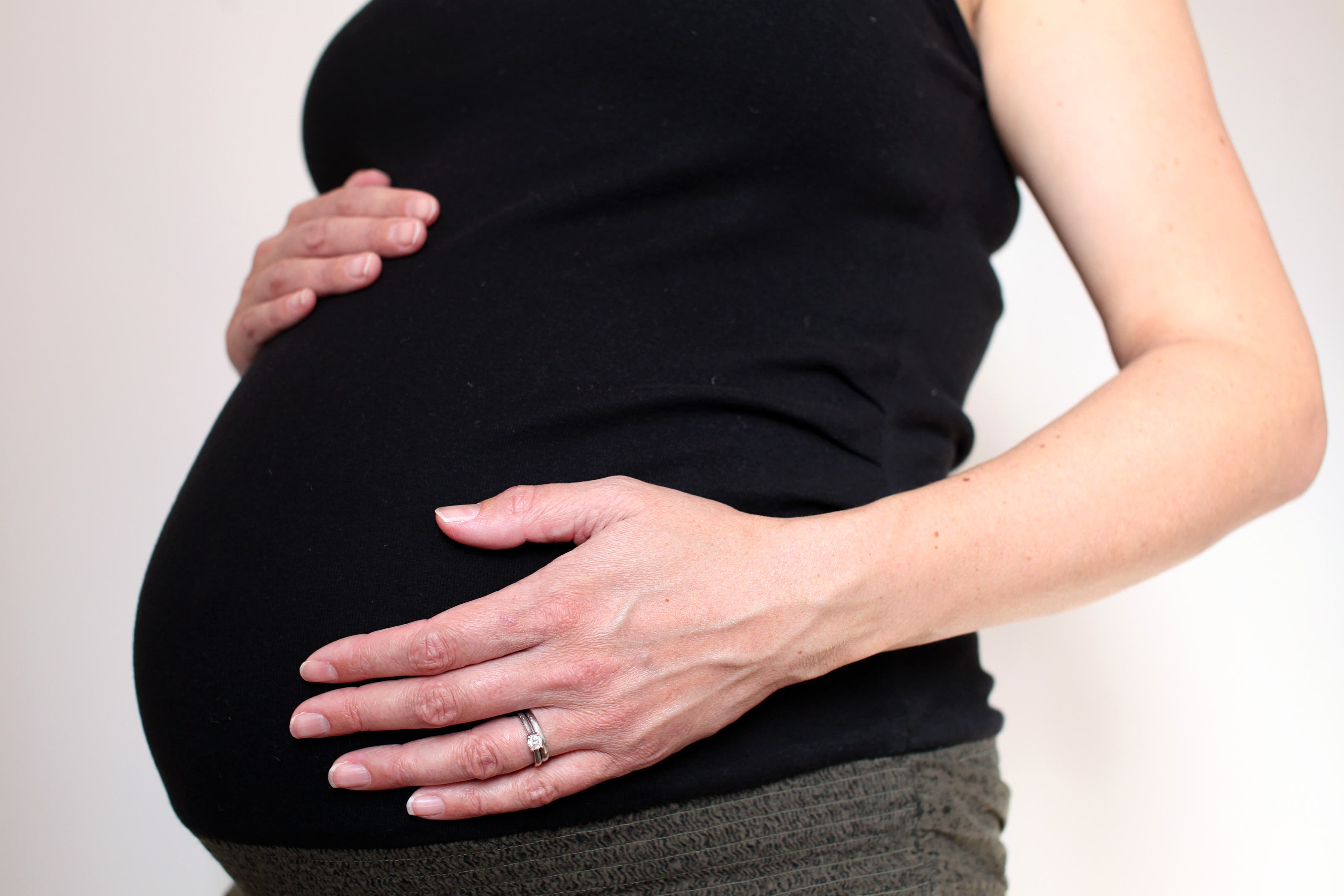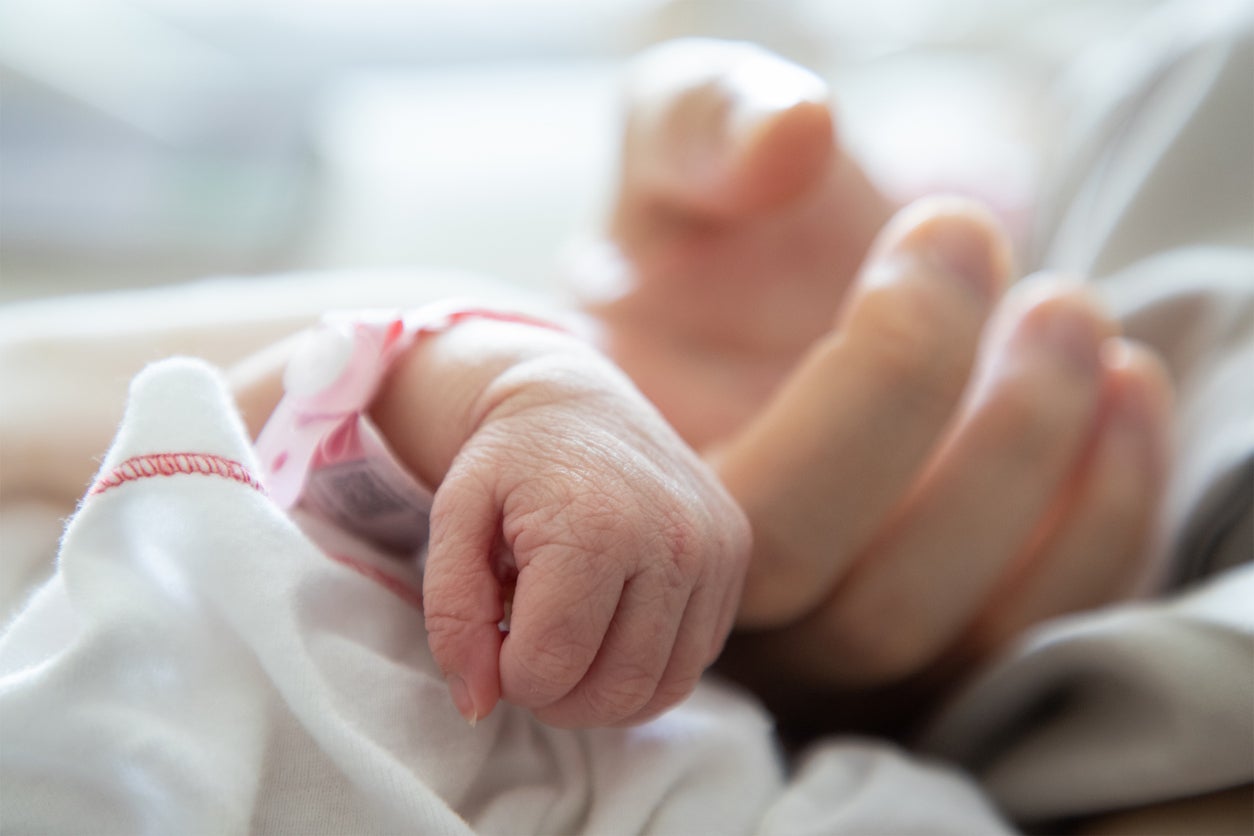The Independent's journalism is supported by our readers. When you purchase through links on our site, we may earn commission.
Pregnancy physically changes the brain in expecting moms, landmark study finds
Scientists created the first-ever map of a human brain during the course of pregnancy
Your support helps us to tell the story
From reproductive rights to climate change to Big Tech, The Independent is on the ground when the story is developing. Whether it's investigating the financials of Elon Musk's pro-Trump PAC or producing our latest documentary, 'The A Word', which shines a light on the American women fighting for reproductive rights, we know how important it is to parse out the facts from the messaging.
At such a critical moment in US history, we need reporters on the ground. Your donation allows us to keep sending journalists to speak to both sides of the story.
The Independent is trusted by Americans across the entire political spectrum. And unlike many other quality news outlets, we choose not to lock Americans out of our reporting and analysis with paywalls. We believe quality journalism should be available to everyone, paid for by those who can afford it.
Your support makes all the difference.Becoming pregnant changes a woman’s brain, researchers say, in findings that could help doctors treat conditions developed by expecting moms.
A group of national scientists have created the first-ever map of a human brain during pregnancy, identifying a decrease in the brain’s gray matter and an increase in its white matter.
The body’s central nervous system is made up of gray and white matter. Gray matter is a type of tissue found in the brain and spinal cord, and plays a huge role in cognitive ability, memory, emotion, and movement. White matter, tissue found deeper inside the brain, helps the body to process information and connects regions that send and receive signals.
The finding could indicate that the adult brain is capable of undergoing an extended period of adaptive structural and functional changes that could help maternal behavior and bonding.
“The maternal brain undergoes a choreographed change across gestation, and we are finally able to see it unfold,” Emily Jacobs, whose lab at UC Santa Barbara led the research, said in a statement.
The findings were published Monday in the journal Nature Neuroscience.

The study’s authors said gray matter shrank as a woman’s hormone production increased during her pregnancy – but said it is not necessarily ba. Instead, the change could demarcate a “fine-tuning” of the connections of the brain’s nerve cells, commonly known as neurons. This process is not unlike what happens to peoples’ brains during puberty, when the brain is reshaped. Although, the decrease in gray matter was apparent for longer periods following birth.
Conversely, an increase in white matter was fleeting, and peaked in the woman’s second trimester of pregnancy before returning to pre-pregnancy levels around the time of the birth. This was a change no one had ever captured before.
Laura Pritschet, a study co-author from UC Santa Barbara, told The Independent on Tuesday that their observations were sort of a “dance.”
“You can almost imagine this as a piece of marble and we’re etching it and sculpting it a lot more,” she explained. “Because, 140 million women are pregnant every year. If those were bad changes that were happening to the brain, this wouldn’t be as common [of] a phenomenon. It wouldn’t be the basis of our reproductive lives.”
Pritchet and the study’s authors note there there has been a gap of understanding in what is changing in the brain during the nine months of pregnancy: when hormones are rising and there are physiological studies. Previous studies had taken snapshots of the brain before and after pregnancy.

“It’s 2024 and this is the first time we have tracked someone’s brain throughout their pregnancy. Despite 85 percent of women experiencing one or more pregnancies in their lifetime,” Pritschet said.
Researchers took 26 images of co-author and UC Irvine associate professor Elizabeth Chrastil’s brain. Precision imaging was done before, during, and two years after her pregnancy.
Now, they hope to use these images to understand more of the brain’s adaptations, including the risks of postpartum depression and other neurological issues. About one in eight women who have recently given birth report symptoms of postpartum depression, according to the Centers for Disease Control and Prevention.
“We know there are a lot of neurological risks in pregnancy. So, can we understand, first, ‘What the brain is doing?’ Let’s map that,” Pritschet said. “Then, let’s go in and try to understand, ‘Can we take any of this information and better understand who’s at risk for these neurological conditions? And, can we find these neural signatures to try to provide some relief for women and try to get at who is at highest risk for adverse effects in postpartum?’”

Join our commenting forum
Join thought-provoking conversations, follow other Independent readers and see their replies
Comments